ZOO (Day 10 - part 3)
Views from the Skyfari...


Cabrillo Bridge in Balboa Park with a landing airplane ... and Holy Cross Cemetery church
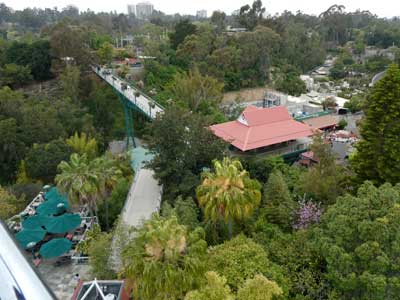





That's looks like a gorilla!

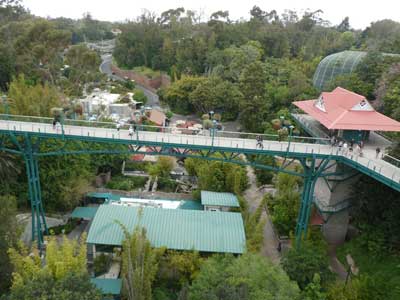


We now found ourselves in a completely different section of the zoo.


The Patagonian mara (also Patagonian cavy or hare) is large rodent found only in Argentina.

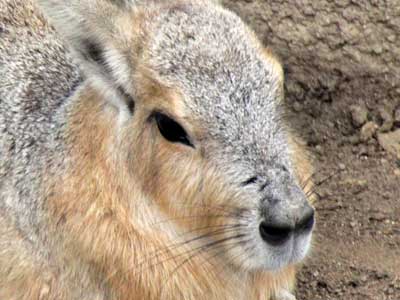


The Chacoan peccary is found in the hot, dry forests of South America. They are social and can identify each other by their strong odors. A group of peccaries is called a squadron.


The southern gerenuk lives in the dry shrublands of parts of Arica. They stand on their hind legs to reach the leaves of taller trees.

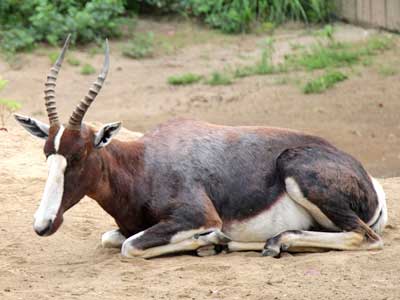
The bontebok from southern Africa is a medium-sized antelope. They aren't good jumpers so they've gotten very good at crawling under things. They were once extensively killed as pests, and by the early 1900s there were only 17 left in the wild. The species was saved from extinction when a Dutch farmer corralled the remaining individuals. In 1931, this herd was transferred to a national park for conservation. Today, their population is estimated between 2,500 to 3,000, all descendants of the original herd.
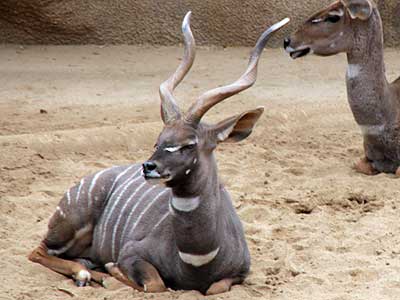

The lesser kudu lives in the dry thronbush of east Africa. Only the males have large horns.


A youngster ... and some females

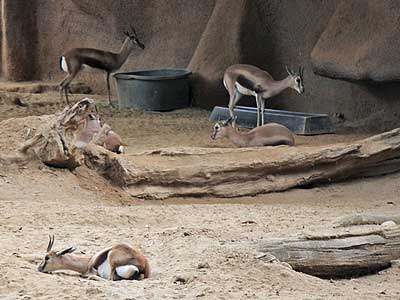
Speke's gazelle is the smallest of the gazelle species (adults only reach about 44 pounds). It lives only in the semi deserts in the Horn of Africa, and in 2007, it officially made it on the endangered list.

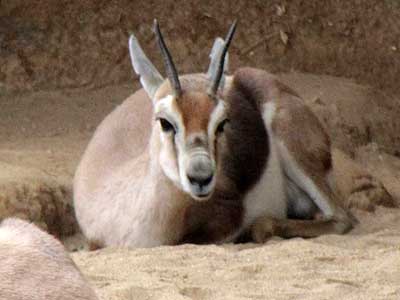
The funny looking folds of skin on the bridge of the nose can be inflated to the size of a pingpong ball when the animal is excited. This aids in making a loud warning sound when it detects danger.
The first polar bear arrived in 1917. Typical of zoos back then, it lived in a cage. In 1926, a new exhibit was built giving the bears more room. The Polar Bear Plunge exhibit opened in 1996 and was renovated in 2010.


A male polar bear can weigh 660 to 1,760 pounds. They eat walruses, beluga whales and some terrestrial animals, but particularly enjoy ringed seals (the statue on the right), feeding on the seal's energy-rich blubber.


Kalluk, Chinook and Tatqiq are the current residents.




Bear #1
Its large paws allow it to walk on ice and paddle in water. They have relatively small eyes which may be an adaptation against blowing snow and snow blindness. Small ears retain heat and don't get frostbitten.


Bears #2 and #3



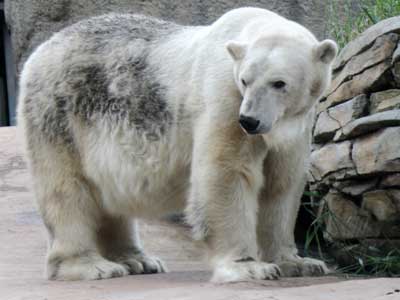
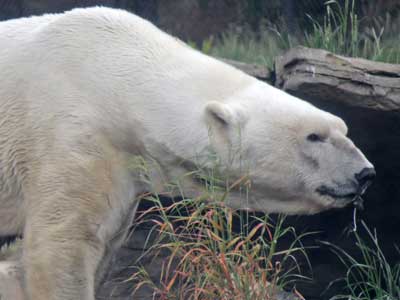
Next door was the Arctic Aviary.


(right) A red-breasted goose


Emperor geese ... and a female buffelhead

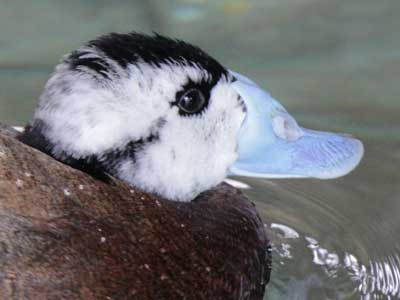
A male bufflehead ... and a white-headed duck
return • continue

